Robert A. Meyers (Editor-in-Chief)
Table of contents :
Cover Page……Page 1
Table of Contents……Page 2
Glossary……Page 3
Synthetic Actinides……Page 4
Radioactivity and Nuclear Reaction of Actinides……Page 6
Preparation of Actinide Metals……Page 8
Electronic Structure……Page 12
Alloying Behavior……Page 13
Solution Chemistry……Page 15
Spectroscopic Properties……Page 19
Oxides……Page 20
Halides……Page 22
Oxo Acid Salts……Page 25
Organometallic Compounds……Page 26
References……Page 27
Glossary……Page 29
Acquisition and Regulation of Iron and Other Essential Elements……Page 30
Iron Regulation in Humans……Page 31
Eukaryotic Cd(II) detoxification……Page 32
Regulation of Expression of Non-Inorganic Proteins……Page 33
Ion Channels……Page 34
General Structures and Inorganic Cofactors……Page 35
Electron Transfer……Page 37
Photosynthesis and Respiration……Page 38
Respiration……Page 39
Reversible Oxygen Binding……Page 41
Protection from Oxidative Stress……Page 43
Nitrogen Fixation……Page 44
Four Steps to Biominerals……Page 45
Ferritin……Page 46
Redox Chemistry in Medicine……Page 47
Radiopharmaceuticals……Page 48
MRI Contrast Agents……Page 49
Other Drugs……Page 50
References……Page 51
Glossary……Page 52
The Structures of Boron Hydrides……Page 53
Bonding Theories……Page 55
Boron Hydride Anions and Wade’s Rules……Page 58
Carboranes……Page 59
Combustion……Page 60
Reactions with Bases……Page 61
Reactions with Electrophylic Reagents……Page 62
Closo Anions……Page 63
Nido Carboranes……Page 64
Metallocarboranes……Page 65
The Future? Neutron Capture Tumor Therapy……Page 66
References……Page 67
Glossary……Page 68
Introduction……Page 69
Stability Constants and Relationships among Them……Page 70
Inverse Complexing……Page 72
Chelation……Page 73
Stability Constants and pH……Page 74
Splitting Diagrams for Octahedral Coordination……Page 75
Simple Magnetic Properties……Page 76
Colors……Page 77
Solvent Effects……Page 78
Kinetic Properties of Coordination Compounds……Page 79
Catalysis……Page 81
Coordination Number……Page 82
Structures and Their Symmetries……Page 83
Isomerism……Page 84
Stereoselectivity……Page 85
Resolutions……Page 86
Jahn–Teller Effect……Page 87
Therapeutic Metal Complexes……Page 88
References……Page 89
Introduction……Page 90
Basic Physical Processes……Page 91
“Secondary” Interactions……Page 92
Dielectric Properties……Page 93
Uniform Fields……Page 96
Effect of Particles……Page 98
Gases with Insulator/Conductor Properties……Page 99
Uses of Dielectric Gases……Page 100
Circuit Breakers……Page 101
Compressed-Gas Insulated Substations……Page 102
Compressed-Gas Insulated Cables……Page 103
References……Page 104
Glossary……Page 105
Observation of Electrons and Electron Transfer Processes……Page 106
Anode Repulsion of Cations……Page 107
Reductions of Magnesium Anodes……Page 108
Atom Transfer Versus Electron Transfer……Page 109
Classification of Electron Transfer Steps……Page 110
Outer Sphere One-Electron Transfer……Page 111
Single donor—Two acceptors……Page 112
Four-Electron and Six-Electron Transfers……Page 113
Reduction of Nitric Acid……Page 114
Reduction of Acid Chromate (HCrO-4 )……Page 115
Cr(VI)–Cr(III) (Three-Electron Transfer Reactions)……Page 116
Electron Transfer in Biological Systems……Page 117
Electron Transfer in Photosynthesis……Page 118
References……Page 119
Glossary……Page 120
History……Page 121
Occurrence……Page 122
Atomic Properties……Page 123
Commercial Preparation and Use……Page 125
Chemical Reactions……Page 126
Preparation and Use……Page 127
The Hydrogen Halides as Solvents……Page 128
Classification……Page 129
General Survey……Page 130
Polyhalide, Polyhalonium, and Halogen Ions……Page 131
Bromine and Iodine Oxides……Page 132
Hypohalous Acids and Hypohalite Salts……Page 133
Halous Acids and Halite Salts……Page 134
Perhalic Acids and Perhalate Salts……Page 135
Oxyfluorides……Page 136
Compounds of the Noble Gases……Page 137
General Survey……Page 138
Saturated Monohalides……Page 140
Unsaturated (Nonaromatic) Halides……Page 141
Aromatic Halides……Page 142
CFCs and Their Substitutes……Page 143
Other Halogenated Organics: Uses and Hazards……Page 144
References……Page 145
Historical Perspectives……Page 146
Werner Compounds……Page 147
Hofmann-Type Compounds……Page 148
Gas Clathrate Hydrates……Page 149
Zeolites……Page 150
Intercalates……Page 151
Liquid Clathrates……Page 152
Cyclodextrins……Page 153
Hydroquinone, Phenol, and Dianin’s Compound……Page 154
Enzyme Models……Page 155
See also the Following Articles……Page 157
References……Page 158
Glossary……Page 159
A Review of Atoms—Hydrogen and Its Components……Page 161
Univalent Cations, Acids, and Bases……Page 162
Nonmetal Ions……Page 163
Bond Lengths and Angles……Page 164
Metal Complexes……Page 165
Azo Compounds, Isodiazenes, and Peroxynitirites……Page 166
Relating Organic and Inorganic Species……Page 167
Homopolyatomic Phosphorus Compounds……Page 160
Polyphosphorus and Polynitrogen Species, Their Analogues and Derivatives……Page 168
Homopolyatomic Nitrogen Compounds—Ionic and Covalent Azides……Page 169
The N+ 5 Cation and Its Analogues: Theory and Experiment……Page 170
Helium-Containing Species……Page 171
Compounds of the Other Noble Gases……Page 172
Unusual Coordination Numbers for Main Group Elements……Page 173
Sandwich Compounds……Page 174
“Moly Blue”……Page 175
A Really High-Spin Molecule (S= 51/2)……Page 176
Fullerenes and Their Derivatives……Page 177
Conclusion……Page 178
References……Page 179
Glossary……Page 181
Physical Properties……Page 182
Container Materials……Page 183
Filtration……Page 184
Distillation……Page 185
Continuous Monitoring of Impurities……Page 186
Other Properties……Page 187
Solvation……Page 188
Electrical Resistivity……Page 189
Corrosion by the Liquid Alkali Metals……Page 190
References……Page 191
Glossary……Page 192
Boran……Page 193
Boron–Nitrogen Compounds……Page 195
Boron Oxides and Boric Acid……Page 197
Biologically Active Boron Compounds……Page 198
Aluminum Oxides……Page 199
Gallium……Page 200
Allotropes……Page 201
Carbonates and Carbonic Acid……Page 202
Silicon……Page 203
Silica……Page 204
Asbestos……Page 205
Occurrence, Preparation, and Uses……Page 206
Multiple-Bond Compounds……Page 207
Hydrides……Page 208
Nitrogen Oxides……Page 209
Oxoacids and Oxoanions……Page 210
Phosphorus……Page 211
Oxoacids and Oxoanions……Page 212
Phosphazenes……Page 213
Arsenic, Antimony, and Bismuth……Page 214
Allotropes……Page 215
Oxides, Peroxides, and Superoxides……Page 216
Sulfur……Page 217
Sulfur Oxides……Page 218
Sulfur–Nitrogen Compounds……Page 219
Oxoacids……Page 220
References……Page 221
Glossary……Page 222
Introduction and background……Page 223
Behavior of Surfactants in Solutions……Page 224
Liquid Crystal Templating (LCT) Mechanisms……Page 225
Cooperative charge density matching model……Page 226
Generalized LCT Pathways……Page 227
Compositional Modification……Page 228
Processing Conditions……Page 229
Characterization Techniques and Properties……Page 230
Potential Applications……Page 231
Redox Catalysis……Page 232
Molecular Hosts……Page 233
References……Page 234
Introduction……Page 235
Representative Transition Metal Cluster Compounds……Page 236
References……Page 237
Introduction……Page 238
Hydrogenation of Metals and Intermetallic Compounds: Thermodynamics……Page 240
Chemical and Crystal Structure Analysis……Page 241
Binary Main Group Metal Hydrides……Page 242
Ternary Main Group Metal Hydrides……Page 243
Binary Transition Metal Hydrides……Page 244
Ternary Transition Metal Hydrides……Page 248
Hydrogen as a Lattice Gas and Order–Disorder Transitions……Page 249
Electronic, Magnetic, and Mechanical Properties……Page 250
Geometry and Properties of Transition Metal Hydrido Complexes……Page 251
Structural Relationships and Order–Disorder Transitions……Page 252
Hydrogen Storage……Page 253
Conclusion and Outlook……Page 254
References……Page 255
Glossary……Page 256
Atoms……Page 257
Theoretical Studies……Page 261
Experimental Studies……Page 264
Inherent Chemical Reactivities of Small Metal Particles……Page 269
Larger Particles (M100–M1,000,000)……Page 271
Importance and Background……Page 272
The Metal–Metal Bond……Page 274
Bonding in Metal Clusters: The 18-Electron Rule……Page 277
Ligands……Page 283
Cluster Compound Reaction Chemistry……Page 290
References……Page 293
From Clusters to the Boundary of the Metallic State……Page 294
From Clusters to Segments of Solid-State Structures……Page 296
From Building Blocks via Clusters to Solids……Page 298
Superfullerene Clusters with Icosahedral Symmetry……Page 300
The Route to Wheel and Giant-Wheel Structures……Page 302
Introduction of Defects and Linking the “Giant-Wheel” Clusters to Chain and Layer Networks……Page 304
Nucleation Processes within Cluster Cavity—from an {Mo176} to an {Mo248} Cluster……Page 305
Conclusions and Perspectives……Page 306
References……Page 308
Gold……Page 309
Platinum Group Metals……Page 310
Silver……Page 311
Rhodium……Page 314
Silver……Page 315
Chemistry……Page 316
Gold……Page 317
Platinum……Page 318
Iridium……Page 320
Rhodium……Page 321
Osmium……Page 322
Analytical Procedures……Page 323
Osmium……Page 324
Plating……Page 325
Brazing and Soldering……Page 326
Silver……Page 327
Gold……Page 328
Rhodium……Page 329
Electrodes……Page 330
Platinum……Page 331
Rhodium……Page 332
Silver……Page 333
Platinum……Page 334
Gold……Page 335
Photography……Page 336
Palladium……Page 337
References……Page 338
Glossary……Page 339
Historical Background……Page 340
Preparative Methods for the Binary Fluorides……Page 341
Oxide Fluorides……Page 342
Xenates and Perxenates……Page 343
Ionic Complexes and Molecular Adducts of Xenon……Page 344
Xenon Bonded to Oxygen……Page 345
Xenon Bonded to Nitrogen……Page 347
Xenon Bonded to Carbon……Page 348
The Fluorocations of Krypton and their Salts……Page 349
Prospects for Argon Compounds……Page 350
References……Page 351
Glossary……Page 352
Elementary and Atomic Concepts……Page 353
The Periodic Table of Mendeleev……Page 355
The Stable Elements……Page 357
Radioactivity, Isotopes, and Atomic Mass……Page 359
Nuclear Charge and Atomic Numbers……Page 360
Building Up the Elements: Electron Configurations……Page 361
Metallic Character and Ionization Energy……Page 362
The New Valence Bond Interpretation of Chemistry……Page 364
The Three Types of Bonds: T, I, and E……Page 366
What Is a Multiple Bond?……Page 367
The Colored Periodic Table……Page 368
The Hard/Soft Acid-Base Hsab) Concept……Page 372
Beyond the Isoelectronic and Isolobal Analogies……Page 374
Atomic Valence and the Colored Periodic Table……Page 375
References……Page 376
Glossary……Page 377
Origin of the Names of the Elements……Page 378
Geological Distribution……Page 379
Recovery and Separation of the Rare Earths……Page 380
Recovery from Ores……Page 381
Modern Separation Methods……Page 382
Atomic Structure: Electronic Configuration……Page 383
Some Physical Properties of the Pure Elements……Page 385
Magnetic Properties and Related Topics……Page 387
Oxides……Page 388
Hydrides……Page 389
Chalcogenides (Sulfides, Selenides, and Tellurides)……Page 390
Organometallics……Page 391
Phosphors……Page 392
Phosphors for Organic Light-Emitting Devices (OLEDs)……Page 393
Permanent Magnets……Page 394
Contrast-Enhancing Agents for Magnetic Resonance Imaging……Page 395
Superconductors……Page 396
Rare Earth Catalysts in Petrochemical Industry……Page 397
References……Page 398

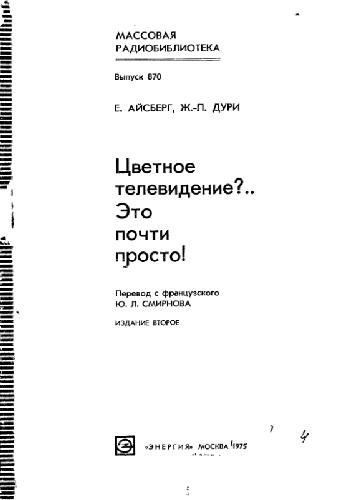
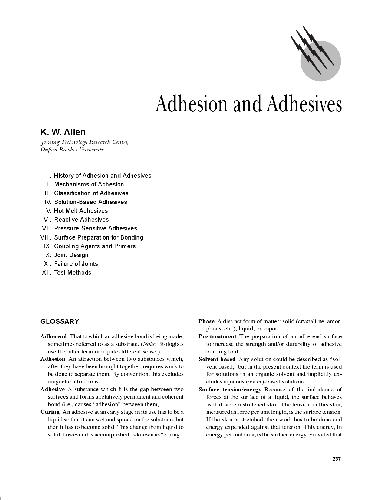
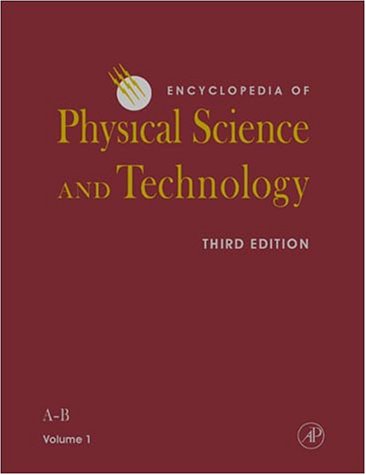
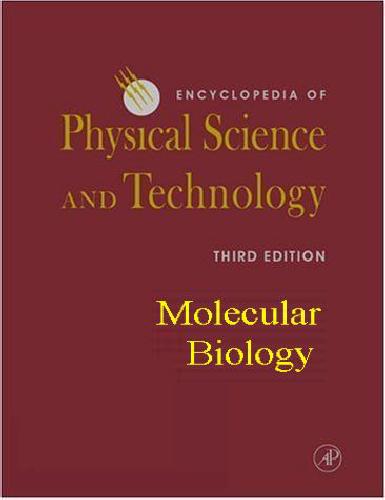

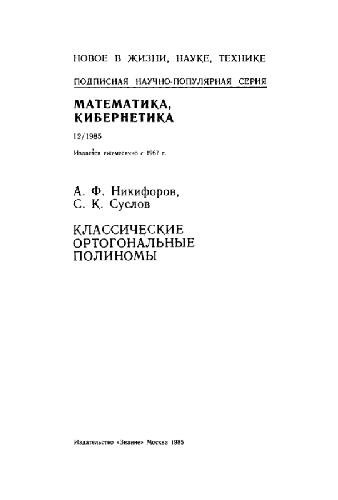
Reviews
There are no reviews yet.